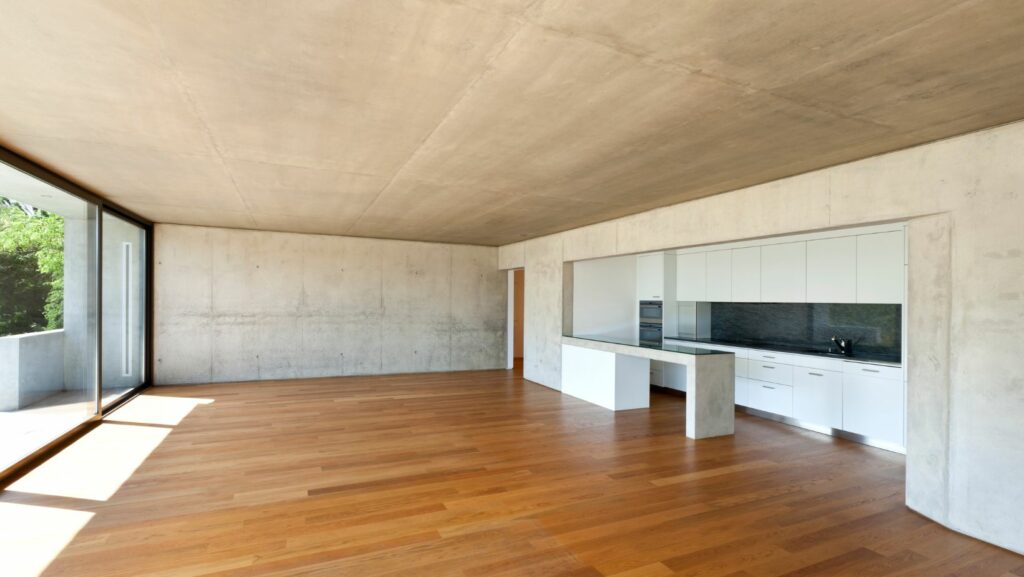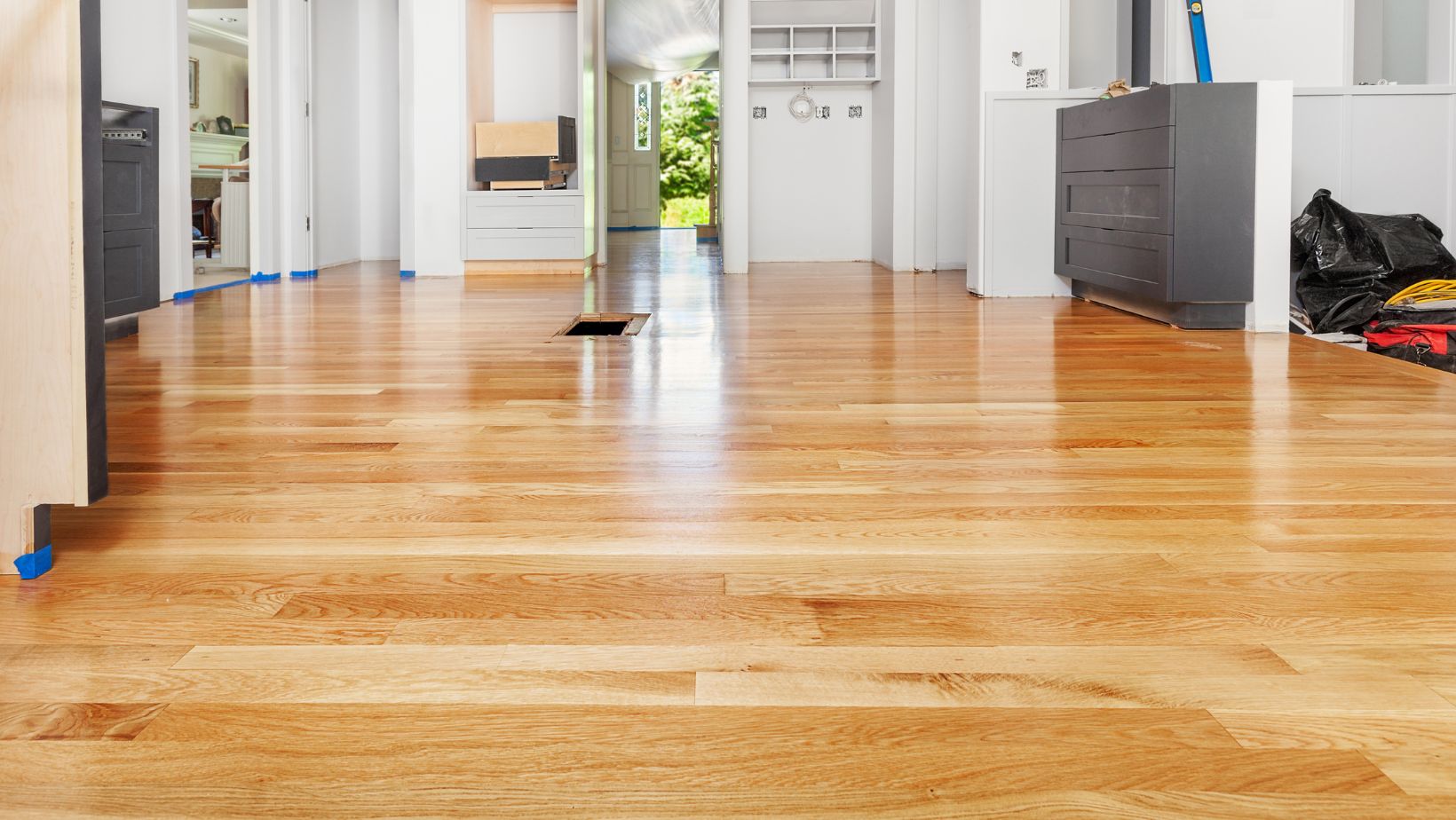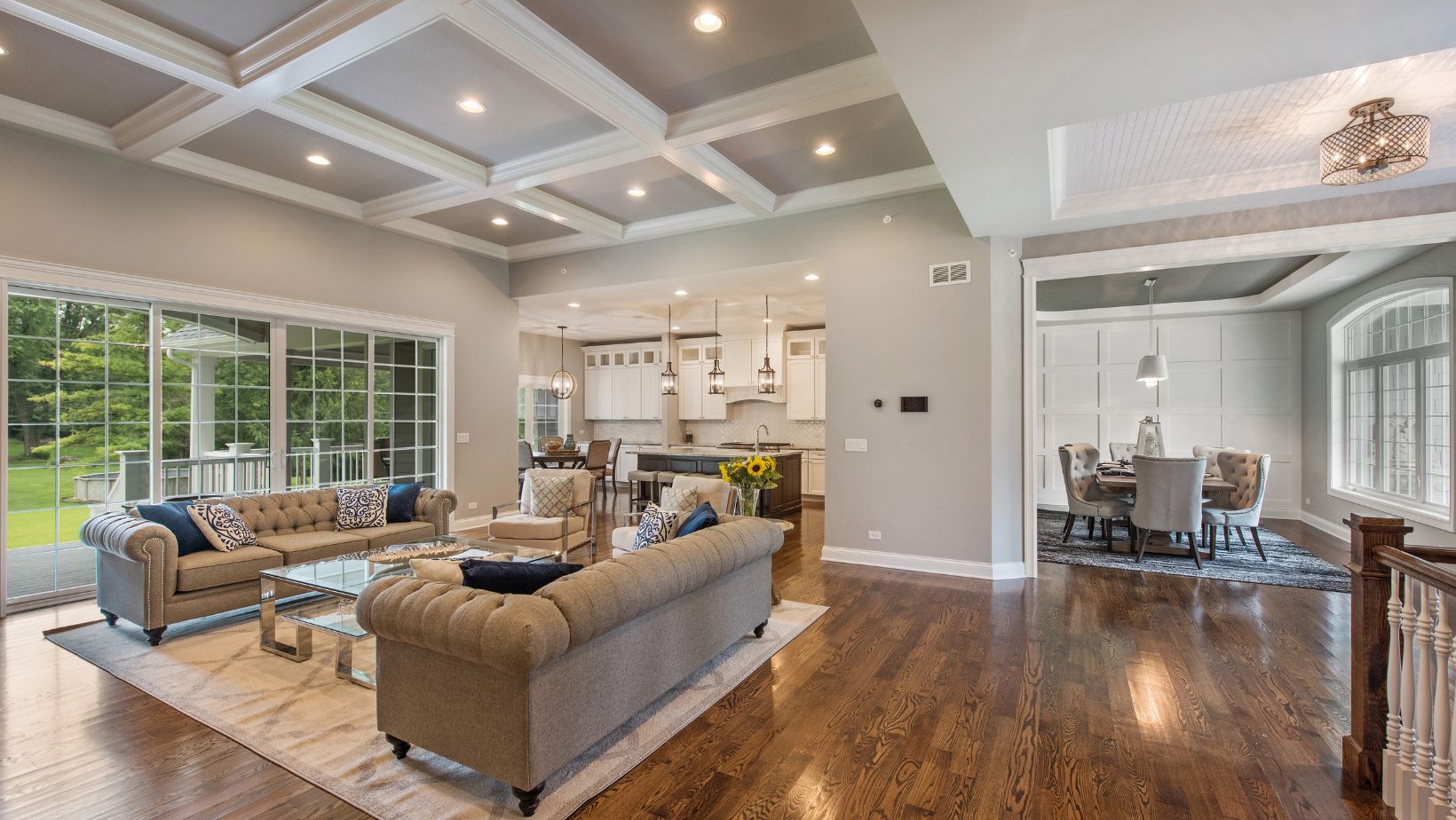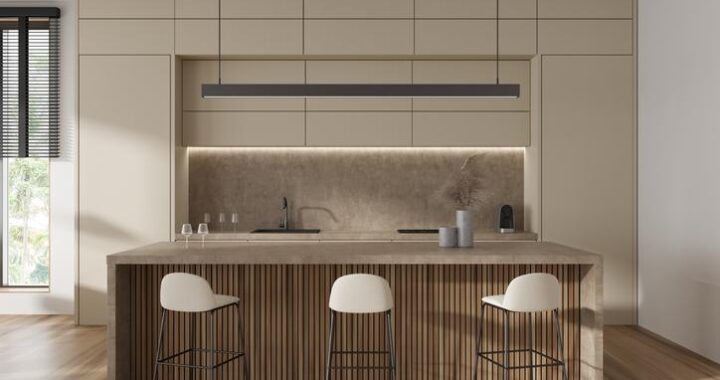The Importance of Choosing the Right Flooring for High-Traffic Areas

When it comes to designing spaces that see a lot of foot traffic, the flooring choice can make or break the overall experience. Whether it’s a bustling restaurant, a busy office hallway, or your own home’s entryway, the right flooring is key to maintaining aesthetics and function.
Selecting the appropriate flooring for high-traffic areas isn’t just about style—it’s a strategic decision that impacts durability, maintenance, and safety. After all, flooring that can’t withstand the constant hustle and bustle will quickly show signs of wear and tear.
Understanding Flooring Needs for High Traffic Areas
In high foot traffic areas, my choice of flooring greatly impacts functionality, durability, aesthetics, and safety. Let’s delve deeper into the considerations for these sectors.
Key Characteristics of High Traffic Areas
High traffic areas exhibit unique characteristics. Frequent use presents the first challenge. Think restaurants, bustling office hallways, or vibrant school corridors – these locations witness a constant flow of feet. Another attribute is the variability in weight load. From people to furniture, a wide scope of weights can apply pressure to the floor. Added to that, frequent dragging or repositioning of heavy objects can take their toll.
Lastly, there’s the risk factor. High traffic areas often experience spills, drops, or other accidents more commonly compared to areas with lower foot traffic. As a result, the flooring must combat these challenges successfully, hence, the reason specific flooring types, such as hardwood flooring, become a popular choice.
Importance of Durability and Resistance
When it comes to flooring for high traffic areas, I cannot undermine the importance of durability and resistance. Flooring that demonstrates resilience not only prolongs lifecycle but also upholds a space’s aesthetic appeal, despite taking on significant daily wear and tear.
For instance, hardwood flooring, renowned for its durability, presents an ideal choice for high traffic environments. Its natural resistance to damage and ability to recover from dents underlines its strong standing. Additionally, the low-maintenance nature of hardwood flooring increases its appeal, with simple sweeping and occasional polishing sufficing.
Considering durability and resistance in flooring choices for high traffic areas, therefore, contributes to a long-term practical and cost-effective solution.
Types of Flooring Suitable for High Traffic Areas
Understanding the types of flooring that can withstand the test of high traffic is essential. Let’s delve into a few prominent selections.
Hardwood Flooring Options
Hardwood flooring, particularly known for its resilience, is popular for high traffic spaces. Consisting of different types from cherry to oak or maple, its classy aesthetic appeal is undeniable.
An oak floor, for instance, is significantly hard-wearing, withstanding frequent usage while masking scuffs and scrapes. Hardwood floors also offer long-term value, holding up well for a considerable time period. High-quality protection layers, if applied, offer exceptional durability, making hardwood flooring a sensible choice for high footfall areas.
Commercial Grade Carpeting
Another suitable flooring for high-traffic zones is commercial-grade carpeting. This type of carpeting is designed to resist wear and tear, making it perfect for areas like office hallways or restaurants. With a thicker underlay, commercial-grade carpets offer enhanced comfort, noise reduction, and warmth. Moreover, they’re available in a vast array of colors, designs and patterns, delivering not only durability but also a pleasing aesthetic to match any interior décor.
Vinyl and Laminate Solutions
Lastly, let’s discuss vinyl and laminate solutions. Both these flooring types are known to offer extraordinary durability, are easy to clean and maintain, and can mimic the look of natural materials. For instance, laminate mimics hardwood and is resistant to scratches and dents, making it an attractive option for spaces with high traffic. On the other hand, vinyl flooring is comfortable underfoot, hypoallergenic, and offers a vast range of styles and patterns to select from. These benefits make them a perfect yet budget-friendly solution for areas with continuous use.
Comparing Costs and Longevity
Analyzing the installation costs and understanding the long-term durability of flooring options can guide you in choosing the ideal solution for high traffic areas. These two factors govern the economic feasibility and endurance of the chosen flooring material.
Initial Installation Costs
Hardwood flooring, despite its aesthetic appeal and resilience, comes at a higher price point initially when compared to other flooring options. On average, hardwood flooring falls in the range of $6 to $12 per square foot depending on the type of wood used. Premium varieties such as exotic hardwoods can push the cost higher, sometimes exceeding $20 per square foot. In comparison, commercial-grade carpets, vinyl, and laminate solutions prove more cost-effective, averaging between $2 to $7 per square foot in installation costs.
Long-term Maintenance and Repair
While hardwood flooring does have a higher initial cost, it’s long-term maintenance and repair costs prove relatively low. This durable flooring option can last decades, especially when adequately maintained.
Conversely, more affordable options like commercial-grade carpeting, vinyl, and laminate, may necessitate more frequent replacements and repairs. Thus, taking into account replacement costs over time significantly narrows down the initial cost gap between hardwood flooring and these alternatives.
Ideal Practices in Flooring Installation
Determining the best flooring for high traffic areas isn’t the final stop; proper installation sets the pace for durability. This section explores professional installation versus DIY and tips on maximizing the flooring lifespan.
Professional Installation vs. DIY
Installing flooring, especially in high traffic areas, poses its own set of challenges. Professionals excel in ensuring a neat finish, mitigating installation errors, and providing a warranty for their work. On the flip side, DIY installations allow for customization and lower up-front costs. However, it’s paramount to consider skill level, time commitment, and the lack of professional insights and warranties. When it comes to high traffic areas, professional installation is worth the investment, especially with high-quality materials such as hardwood flooring.
Tips for Maximizing Flooring Lifespan
Your chosen flooring can last for decades if cared for properly. To maximize durability, consider routine maintenance like cleaning and polishing in case of hardwood flooring. Minimize direct exposure to sunlight to prevent discoloration and consider using protective pads under heavy furniture to prevent undue pressure on the floors. Also, treat stains and spills immediately; prolonged exposure can lead to permanent damage, particularly with hardwood. With these best practices, the flooring in high-traffic areas will maintain their aesthetic appeal and functionality for years.
Conclusion
Choosing the right flooring for high traffic areas is crucial. It’s not just about the looks but also durability, maintenance, and safety. Hardwood, commercial-grade carpeting, vinyl, or laminate – the choice depends on your specific needs and budget. Remember, hardwood might seem expensive upfront, but it’s cost-effective in the long run due to its resilience and low maintenance. Don’t skimp on professional installation. It’s a wise investment that ensures your flooring’s longevity. And don’t forget about regular maintenance – it’s the key to preserving the beauty and functionality of your flooring. So, choose wisely, install professionally, and maintain regularly. That’s the secret to long-lasting, high-performing flooring in high traffic areas.



 How to Modernize Your Spa Room at Home
How to Modernize Your Spa Room at Home  Tips for Designing Your Own Gaming Space
Tips for Designing Your Own Gaming Space  How to Make Oak Cabinets Look Modern: Stylish Updates and Design Tips
How to Make Oak Cabinets Look Modern: Stylish Updates and Design Tips